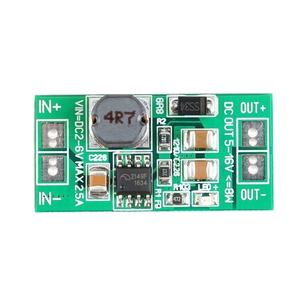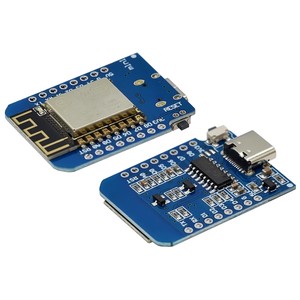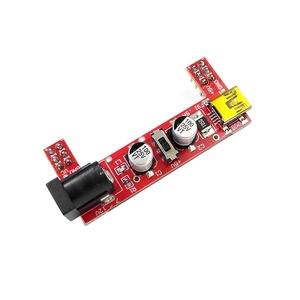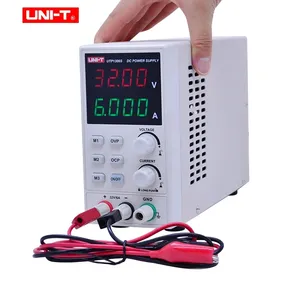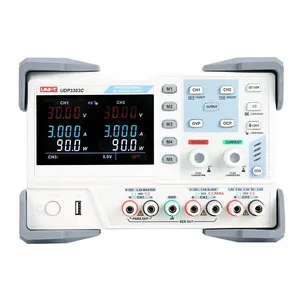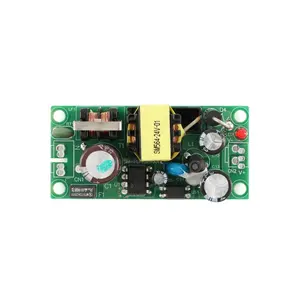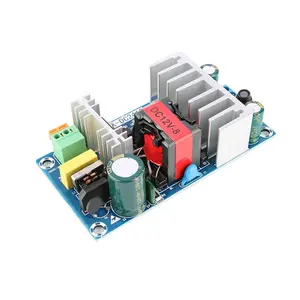Arduino Uno Power Supply






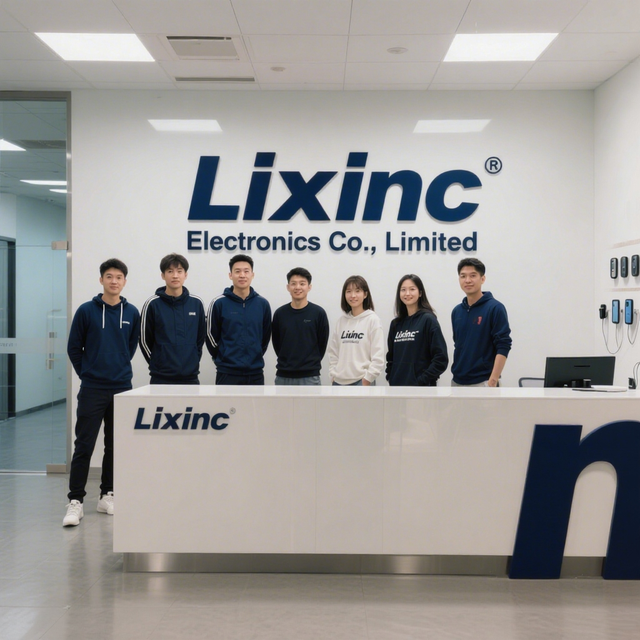

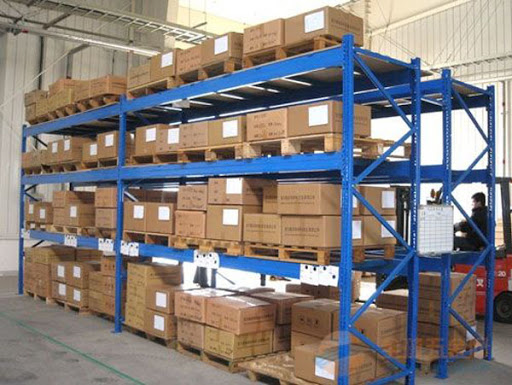











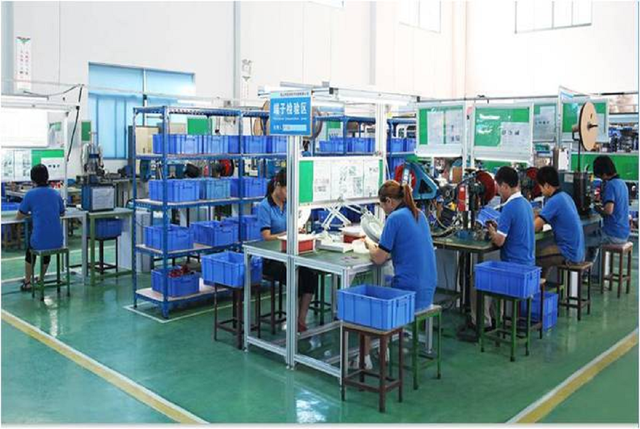





























About arduino uno power supply
Where to Find Arduino Uno Power Supply Suppliers?
China remains the central hub for electronics component manufacturing, with Shenzhen and Guangzhou serving as primary centers for microcontroller-compatible power solutions. These regions host vertically integrated supply chains that support rapid prototyping and mass production of power supplies tailored for development boards like the Arduino Uno. The concentration of semiconductor distributors, PCB fabricators, and testing facilities within a 50km radius enables streamlined production cycles and cost-efficient sourcing.
Suppliers in this ecosystem specialize in DC-DC converters, AC-DC modules, and regulated switching power supplies designed to meet the voltage and current requirements of the ATmega328P-based Uno platform. Key technical offerings include 5V/3A USB-C adapters, buck/step-down regulators, and isolated switching supplies with overcurrent and short-circuit protection. Economies of scale allow for low per-unit pricing—some suppliers offer compact boost converters from $0.40/unit at volume—with lead times typically ranging from 7 to 15 days for stocked items. This infrastructure supports both standard procurement and customized modifications such as output voltage adjustment or connector type variation.
How to Choose Arduino Uno Power Supply Suppliers?
Effective supplier selection requires systematic evaluation across technical, operational, and transactional dimensions:
Technical Compliance
Verify that power supply specifications align with Arduino Uno’s input requirements (6–12V DC via barrel jack or USB). Prioritize units with stable output regulation (<±2% ripple), adequate current delivery (minimum 500mA), and built-in protections (overvoltage, thermal shutdown). For integration into commercial products, confirm RoHS and CE compliance where applicable. Review product documentation for efficiency ratings (prefer >85% for switching regulators) and operating temperature range.
Production Capability Assessment
Evaluate supplier capacity through objective indicators:
- Minimum monthly output capacity exceeding 10,000 units for consistent inventory availability
- In-house testing protocols including load regulation, line regulation, and burn-in cycles
- Access to SMT lines and automated optical inspection (AOI) for module-level quality control
Cross-reference online revenue data and reorder rates: suppliers with US $1M+ annual digital sales and on-time delivery performance ≥90% demonstrate reliable fulfillment capability.
Transaction Safeguards
Utilize secure payment mechanisms such as escrow services for initial orders. Analyze response time metrics (target ≤4 hours) and historical on-time delivery rates (ideal ≥95%) as proxies for operational reliability. Request sample units to validate electrical performance under real-world conditions before scaling procurement. Confirm packaging standards and export experience, particularly for ESD-sensitive components.
What Are the Best Arduino Uno Power Supply Suppliers?
| Company Name | Main Products (Listings) | Online Revenue | On-Time Delivery | Response Time | Reorder Rate | Min. Order Quantity | Price Range (USD) |
|---|---|---|---|---|---|---|---|
| Shenzhen Sanrui Technology Co., Ltd. | Drones Accessories (7,184) | US $2,800,000+ | 100% | ≤4h | <15% | 5–10 pieces | $1.50–15.00 |
| Shenzhen Chuangheying Electronic Technology Co., Ltd. | Other ICs (23,074) | US $1,300,000+ | 100% | ≤6h | <15% | 1–5 pieces | $3.50–319.00 |
| Shenzhen VictoryStar Technology.,Limited | Other ICs (25,218) | US $20,000+ | 100% | ≤1h | <15% | 1 piece | $0.36–5.61 |
| Lixinc Electronics Co., Limited | Other ICs (1,545) | US $50,000+ | 86% | ≤2h | 26% | 5–10 pieces | $0.47–10.06 |
| PENPOS Technology Co.,Limited | Education & Maker Boards (7,419) | US $10,000+ | 90% | ≤4h | <15% | 1–50 pieces | $0.10–35.00 |
Performance Analysis
High-volume operators like Shenzhen Sanrui and Chuangheying demonstrate strong logistics execution with 100% on-time delivery and multi-million-dollar digital sales volumes, indicating robust order management systems. VictoryStar stands out for low MOQ flexibility and sub-hour responsiveness, making it suitable for prototype-stage buyers. While Lixinc offers competitive pricing on DC-DC modules, its 86% on-time rate suggests potential fulfillment risks. PENPOS provides access to ultra-low-cost isolated power modules ($0.10/unit at scale), though minimum order thresholds may limit accessibility for small buyers. Suppliers with diversified maker-focused portfolios (e.g., education boards, shields) are more likely to offer Arduino-compatible power solutions with validated interoperability.
FAQs
How to verify Arduino Uno power supply compatibility?
Confirm input voltage range (7–12V recommended), connector type (2.1mm center-positive barrel jack or USB), and current rating (≥500mA). Test under load to ensure stable output without brownout during high-current actuator operation.
What is the typical sampling timeline?
Standard samples ship within 3–7 days. Custom modifications (e.g., different output voltage or cable length) require 10–14 days depending on tooling needs. Air freight adds 5–8 days for international delivery.
Can suppliers provide OEM/ODM support?
Yes, many suppliers offer labeling, packaging, and circuit adjustments for private branding. Minimum order quantities for customization typically start at 1,000 units. Technical drawings and safety certifications must be provided for ODM revisions.
Do suppliers offer free samples?
Sample policies vary: some charge full price with refund upon reorder, while others provide one complimentary unit for qualified buyers. Expect to pay shipping fees unless ordering multiple units.
What are common MOQ and pricing structures?
MOQs range from 1 piece (prototyping) to 50+ pieces (volume discounts). Prices decrease incrementally at 10, 50, and 100-unit tiers. High-efficiency or fully isolated models command premium pricing (up to $35/unit), while basic boost converters can be sourced below $0.50 in bulk.














